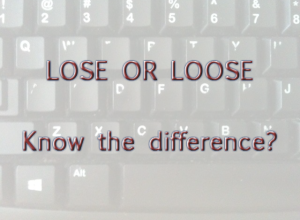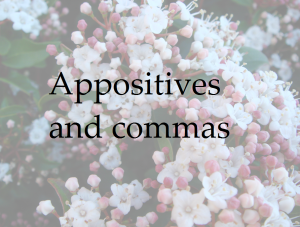Loose or lose? Do you know the difference between these two words and when it’s appropriate to use them?
Loose
Loose: (adjective) means not tight, not held together, or able to be taken apart.
Loose: (verb) means to set free.
Loose: (noun) means free, not confined.
Pronunciation: rhymes with ‘goose’, ‘juice’ or ‘moose’. (sss sound)
Other forms:
Loosen: (verb) untighten.
Loosing: (verb) setting free.
Loosed: (verb) set free.
Examples
Her tooth was so loose it was about to drop out.
The screw came loose, and the part fell off!
News came over the radio that the prisoners were on the loose.
She handed him the jar, asking him to loosen the lid so she could open it.
Lose
Lose: (verb) means to be deprived of something or cease to have something. Past tense = lost.
Pronunciation: rhymes with ‘whose’, ‘moos’ or ‘ooze’. (zzz sound)
Other forms:
Losing: (verb or adjective) also mean deprived of something—as in not winning.
Lost: (verb or adjective) cannot be found.
Examples
They played so badly he said they were sure to lose the game.
She couldn’t afford to lose any more money gambling.
He was trying to lose weight.
It was easy to lose count as the sheep ran past so quickly.
She was fast losing her patience with her brother.
He was fed up with always being on the losing side.
He lost his wallet the other day.
The lost property basket was full of clothing left behind after the event.
More examples
Her bikini top was so loose she was sure she’d lose it in the waves.
Why would she lose her wheels? Because the nuts were loose!
Memory Aids
Too loose and it will fall off. (Two o’s)
Double o (oo) looks a bit like handcuffs; a prisoner needing to be set loose.
Lose and lost – different tenses; present and past. (One o) Think about your sentence. If it happens, will you have lost something? If yes, use lose = one o.


